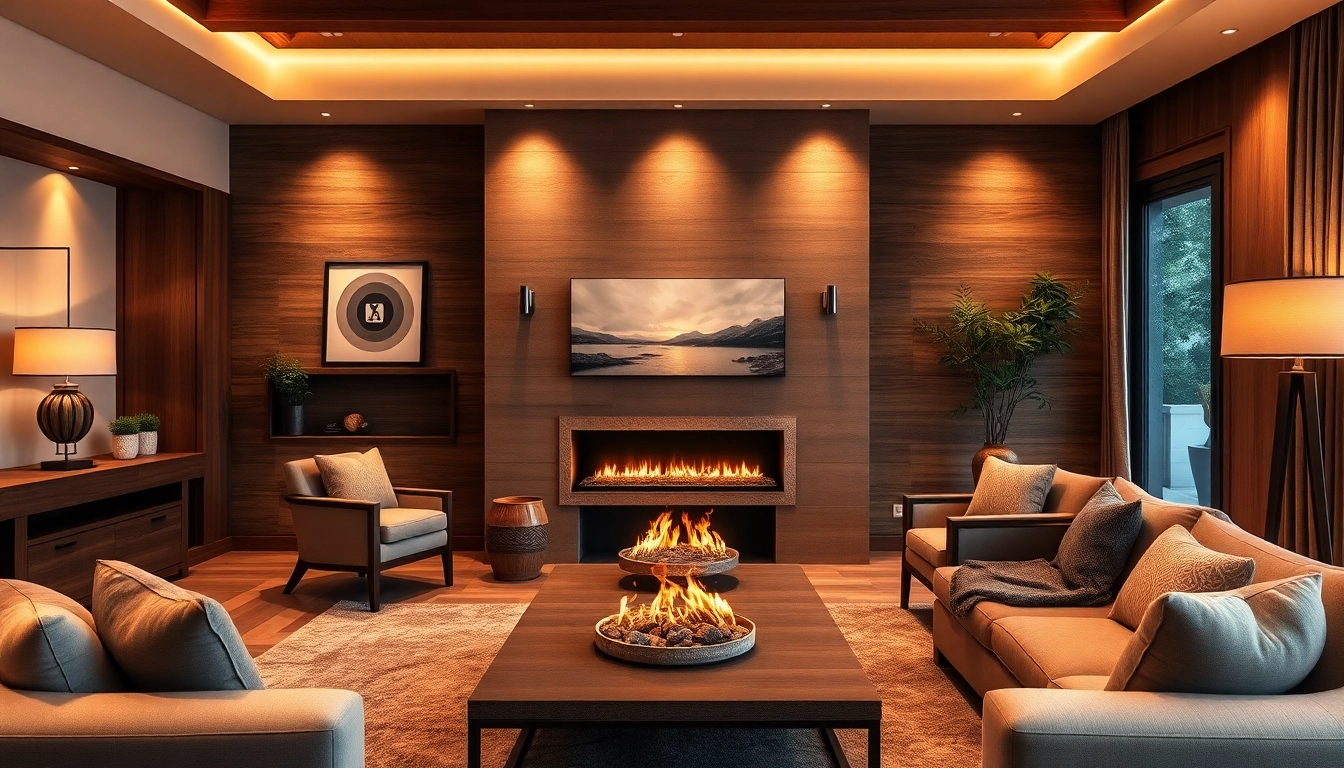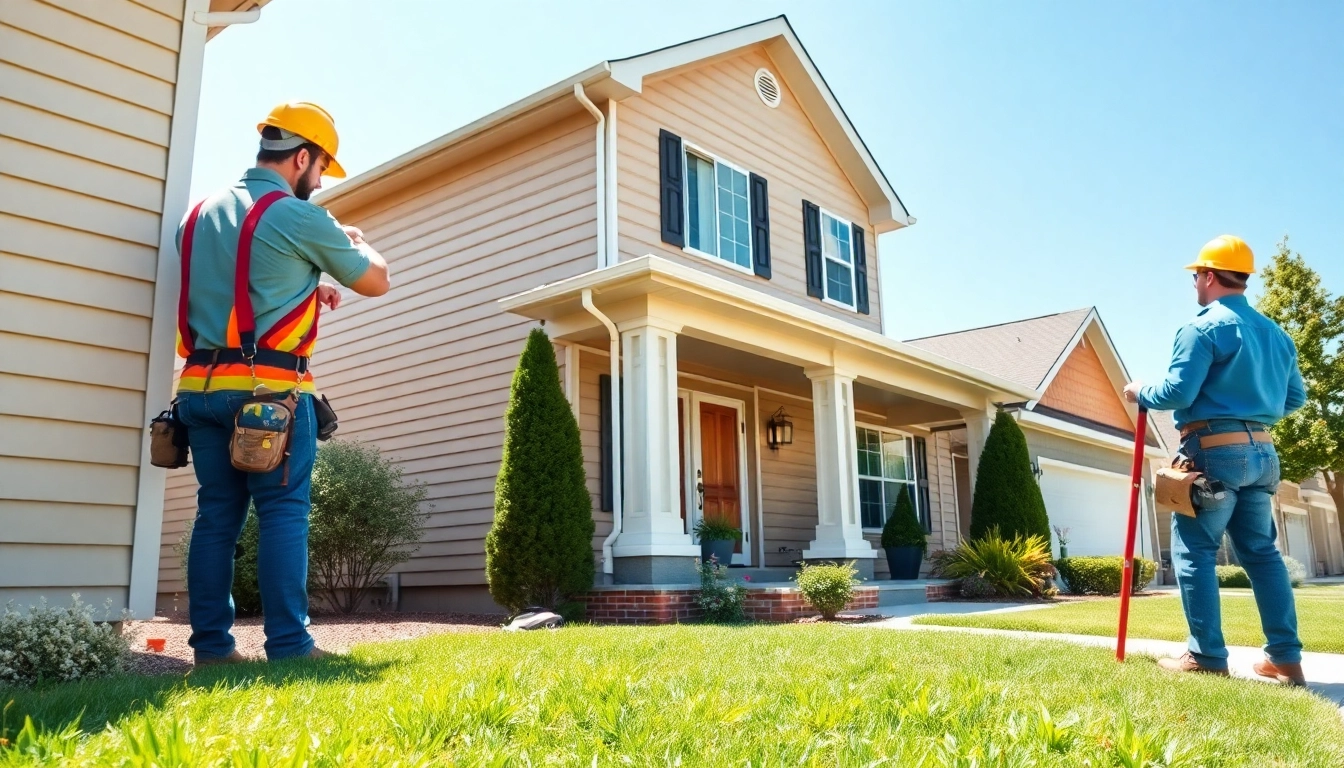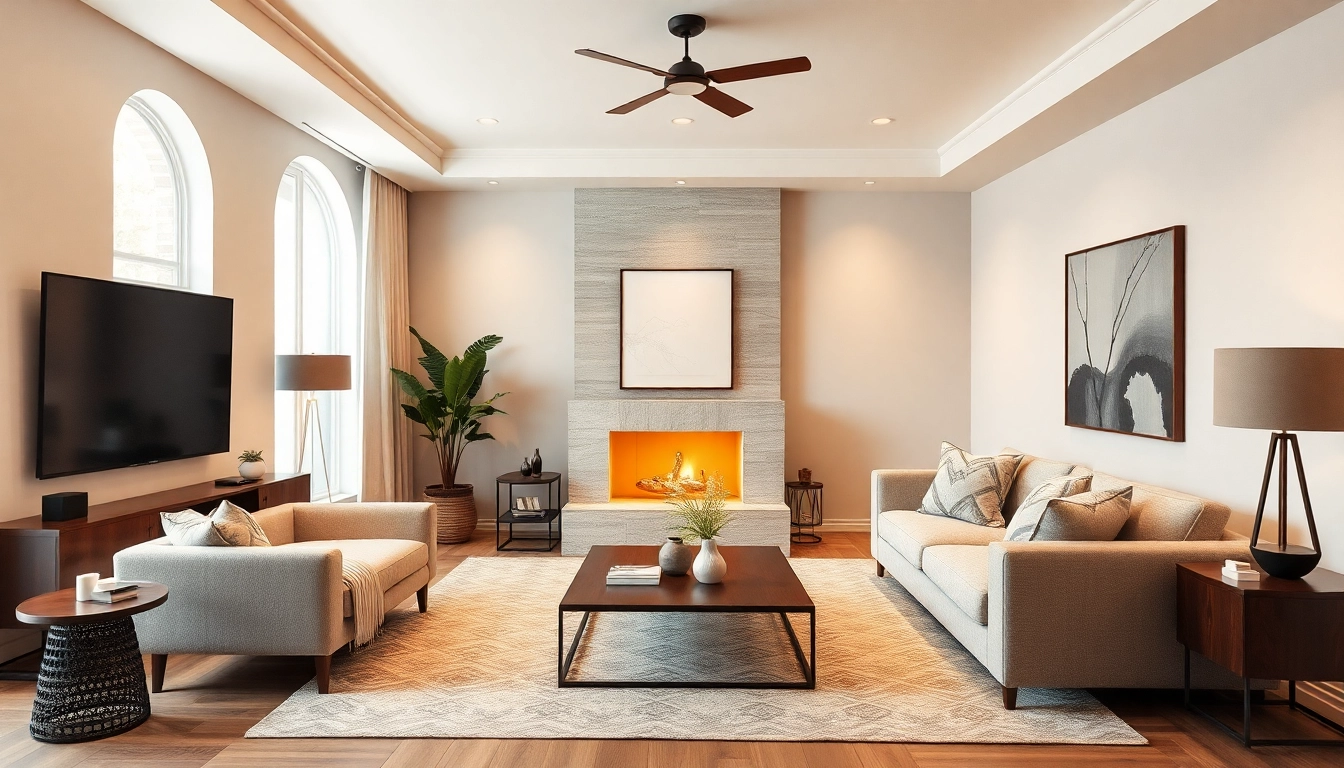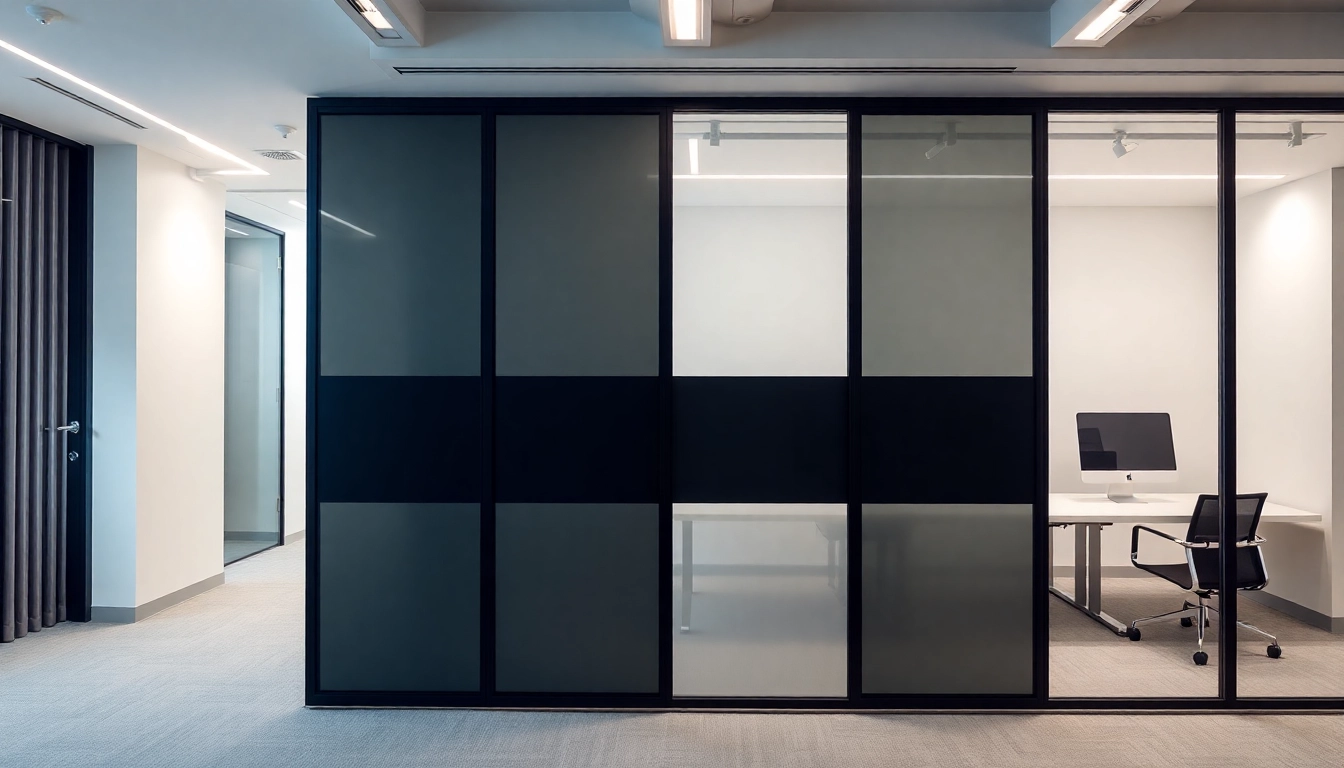1. Understanding Water Vapor Fireplaces
What Is a Water Vapor Fireplace?
A water vapor fireplace is a modern alternative to traditional fireplaces, innovatively designed to produce the illusion of flames using water vapor. This type of fireplace operates through ultrasonic technology that generates a fine mist by agitating water in a reservoir. It combines aesthetic appeal with functionality, often resembling a real fire but without the heat and emissions associated with traditional burning methods. The water vapor fireplace offers a unique feature: it uses light effects projected through the mist to create a realistic flame-like effect, enhancing any indoor or outdoor atmosphere.
The Science Behind Water Vapor Flames
The principle behind water vapor fireplaces involves the use of ultrasonic transducers to create mist. When water is added to the system, these transducers vibrate at high frequencies, generating a fine fog. This mist is illuminated by LED lights that create the illusion of dancing flames. The result is a captivating visual display that mimics the look of fire without producing actual combustion. This technology not only provides a safe and clean alternative to traditional fireplaces but also allows for adjustable effects and colors to suit any mood or decor.
Common Uses and Appeal
Water vapor fireplaces have gained popularity for various applications, including residential homes, commercial spaces, and events. Their captivating aesthetics make them ideal for creating a warm ambiance in living rooms, bedrooms, or outdoor seating areas. Additionally, they are increasingly used in restaurants and hotels, where ambiance is key to customer experience. The growing trend toward eco-friendly living also contributes to their appeal, as they do not emit harmful gases or contribute to indoor air pollution. Furthermore, water vapor fireplaces can be integrated into modern design concepts, appealing to architects and interior designers looking to enhance spaces creatively.
2. Benefits of Water Vapor Fireplaces
Safety Features for Family and Pets
One of the standout advantages of water vapor fireplaces is safety. Because they do not produce actual flames or heat, they are particularly safe in homes with children and pets. The surfaces around a water vapor fireplace are cool to the touch, significantly reducing the risk of burns or accidents common with traditional fireplaces. Moreover, since there’s no combustion, there are no hot ashes or hazardous fumes, making these fireplaces a worry-free option for family environments. This inherent safety feature makes water vapor fireplaces especially appealing for parents and pet owners seeking an ambient solution without the associated risks.
Eco-Friendly and Energy Efficient
Water vapor fireplaces are celebrated for their eco-friendly characteristics. Unlike traditional wood-burning fireplaces, they do not release harmful emissions into the atmosphere, contributing to better indoor air quality. Furthermore, they are energy efficient; they primarily use electricity to power the ultrasonic misting system, which can be more sustainable than fossil fuels. Many models also include energy-saving features, such as adjustable heat settings and timers, allowing users to manage energy consumption effectively. This ensures that homeowners can enjoy the aesthetic benefits of a fireplace without contributing to environmental harm or incurring hefty energy bills.
Unmatched Aesthetic Appeal
Aesthetically, water vapor fireplaces offer a unique blend of beauty and sophistication. Their capacity to simulate flames makes them a striking focal point in any room. Unlike traditional fireplaces that can appear outdated or cumbersome, water vapor fireplaces provide a sleek, contemporary design that suits various styles from minimalist to luxurious. Users can often customize the flame colors and effects to match their mood or decor, adding a personal touch to their living spaces. The versatility in design allows homeowners and designers to incorporate them into various architectural themes, enhancing the interior design substantially.
3. Choosing the Right Water Vapor Fireplace
Factors to Consider Before Purchase
When considering the purchase of a water vapor fireplace, several factors come into play:
- Size: Assessing the space where the fireplace will be installed is paramount. Choose a model that fits the intended location without overwhelming it.
- Design: Different designs can match various aesthetics. Consider the existing decor and select a style that complements your space.
- Functionality: Determine whether you want a fireplace purely for decoration or one that serves a dual purpose (e.g., heating). Some models come equipped with heaters, which can be beneficial in colder climates.
- Maintenance: Review maintenance requirements. Most water vapor fireplaces require regular cleaning of the water reservoir and misting components to ensure efficient operation.
Comparison with Traditional Fireplaces
In comparing water vapor fireplaces to traditional models, the differences are substantial. Traditional fireplaces rely on wood, coal, or gas and produce actual heat and flames, while water vapor fireplaces rely on technology to deliver a fire-like visual without the same level of warmth. Traditional models can require significant installation work and maintenance, including chimney cleaning and adherence to local codes regarding emissions. In contrast, water vapor fireplaces are often electric, requiring little more than a standard outlet for operation and are usually more portable. This ease of installation and operation, combined with their visual appeal, positions water vapor fireplaces as a compelling alternative for modern consumers.
Top Models and Brands in the Market
Several brands lead the way in producing high-quality water vapor fireplaces. Some notable examples include:
- Aquafire: Known for innovative designs and advanced technology that achieves visual realism.
- Dimplex: Offers a range of models featuring their proprietary Opti-Myst technology, which is well-regarded for its lifelike flame effects.
- Modern Blaze: Specializes in stylish, efficient water vapor fireplaces that blend form and function.
- Nero Fire Design: Renowned for their custom solutions tailored to unique spaces.
Investigating customer reviews and expert opinions on these brands can provide further insight into performance and satisfaction, helping you make an informed decision.
4. Installation and Maintenance Tips
Steps for a Hassle-Free Setup
Installing a water vapor fireplace is typically straightforward. Here are steps to ensure a hassle-free setup:
- Choose the Location: Select a location close to an electrical outlet that offers the desired visual impact.
- Prepare the Area: Ensure the surface is stable and capable of supporting the fireplace.
- Assemble the Unit: Follow the manufacturer’s instructions for assembly. Most models require minimal effort.
- Fill the Reservoir: Ensure the water reservoir is filled with clean, preferably distilled water to avoid mineral buildup.
- Power On: Once assembled and filled, plug in the fireplace and test the functionality.
Essential Maintenance Practices
To ensure longevity and efficient performance, routine maintenance is essential. Here are some key practices:
- CLEANING the Water Reservoir: Regularly check and clean the water reservoir to prevent mineral buildup. Use distilled water for optimal performance.
- CHECKING Filters/Softener: If your model includes water filtration or softening components, inspect and replace these periodically.
- Inspecting Electrical Connections: Regularly check power cords for fraying or damage. Ensure connections are secure to prevent electrical issues.
- Cleaning the Ultrasonic Transducer: Depending on usage frequency, clean the transducer to maintain mist quality and prevent issues.
Common Issues and Troubleshooting
While water vapor fireplaces are relatively low-maintenance, issues may still arise. Common problems include:
- Low Mist Output: This can often be resolved by checking and cleaning the reservoir and transducer. Ensure you’re using the right water type.
- No Flame Illusion: Verify that the power is connected and check the LED functionality. Ensure there is enough water in the reservoir.
- Electrical Issues: If the unit does not power on, inspect the outlet and connections. Reset the circuit breaker if needed.
5. Frequently Asked Questions
Are Water Vapor Fireplaces Safe to Use?
Yes, water vapor fireplaces are generally safe to use. Unlike traditional fireplaces, they do not produce harmful emissions, and the cool-to-touch design significantly reduces the risk of burns. This makes them a suitable choice for homes with children or pets.
What Are the Disadvantages?
While there are many benefits, potential disadvantages include:
- Humidity Levels: The additional moisture in the room can occasionally lead to high humidity levels, which may result in mold growth if not managed properly.
- Heat Output: They do not provide the heat that traditional fireplaces can produce, making them less suitable for significant warmth during winter.
- Electric Dependence: These fireplaces require electricity to operate, which could be a concern during power outages.
How Do They Work?
Water vapor fireplaces utilize ultrasonic technology to create a fine mist from water in the reservoir. The ultrasonic transducer vibrates at high frequencies, producing vapor that is illuminated by LED lights to simulate flames. This intricate functionality makes it an advanced and visually appealing alternative to traditional heating methods.



